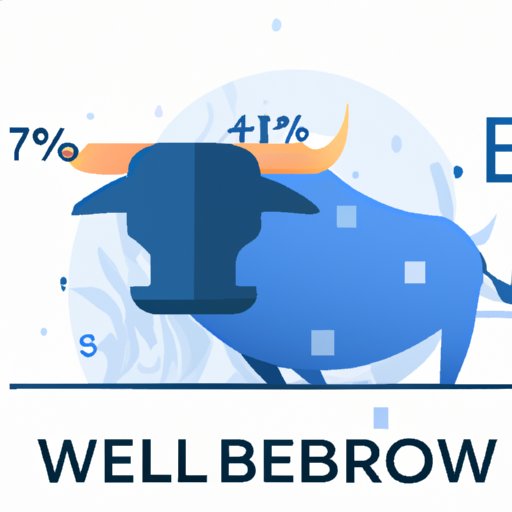
Introduction
Before we dive into the finer details, let’s first examine Webull’s role as a trading platform. As a brokerage firm, Webull provides a digital platform for investors to buy and sell securities. Traders can access the platform via desktop or mobile devices, and directly interact with financial markets to make trades.
Given its place as an online broker, Webull’s success is directly linked to the transactions processed via its platform. And as with any business model, how the company generates revenue is an essential factor in its long-term success.
Commission Fees
One of the most significant contributors to Webull’s revenue streams is commission fees. Commission fees are a charge levied by brokers for buying or selling securities. Typically, these are set as a flat fee or a percentage of the trade’s total value.
When compared to other brokers, Webull offers some of the lowest commission fees on the market. For example, some other popular brokers, such as TD Ameritrade and E-Trade, have commissions set at $6.95 per trade. In comparison, Webull charges nothing for stock or ETF trades.
This lack of commission fees has been a significant drawcard for traders around the world. According to a report from STATISTA, in 2020, more than 34% of Webull users reported cost savings as their primary reason for using the platform.
Interest on Margin Loans
In addition to commission fees, Webull also generates revenue through interest on margin loans. Margin loans are a type of loan that allow traders to borrow money from a broker to purchase securities, with the securities themselves serving as collateral for the loan.
The interest charged on these loans can differ across different brokers. For Webull, the interest rates for margin loans are tiered, with rates ranging from 3.99% down to 3.49%. These rates can change according to market conditions, with higher rates charged for riskier investments.
While margin loans have the potential to help traders make larger profits, it’s important to understand the potential risks involved. Margin loans are essentially borrowed money, which means traders can potentially lose more than their initial investment if things go south. As such, it’s essential to weigh up the potential risks and rewards before diving into margin trading.
Payment for Order Flow
Another way that Webull generates revenue is through payment for order flow. This practice involves brokers selling their clients’ trades to other financial companies in return for payment.
While some have criticized this practice as a potential conflict of interest, it has become an industry standard for many brokers.Webull itself has been upfront about its practices, stating on its website that it “receives income from payment for order flow arrangements, which helps offset the costs of providing commission-free trading.”
Premium Subscriptions
Webull also offers a premium subscription service that generates revenue for the company. Although the base version of Webull is free, the premium service provides customers with extra features, such as access to in-depth market data, research tools, and Level 2 Nasdaq market data.
The premium service is relatively affordable, with subscription plans costing between $2.99 and $39.99 per month, depending on the selected plan. Some traders may find the premium features to be a valuable addition that can help them improve their trading performance and stay up-to-date with market trends.
Securities Lending
The final way that Webull generates revenue is through securities lending. Securities lending involves brokers loaning out clients’ securities to other parties for a fee. These fees are typically charged to the borrower as a percentage of the total value of the securities loaned.
Webull earns revenue from securities lending by working with lending partners to lend out securities held in customers’ accounts. While securities lending provides a potential revenue stream for brokers, it’s essential to understand the risks involved. For example, if the borrower of the securities defaults on their obligation to return the securities, the lender could potentially be left with a shortfall.
Conclusion
As we’ve seen, Webull generates revenue through various channels, from commission fees to securities lending. Although the company’s unique model of commission-free trading has been the primary reason for its rapid growth, it’s essential to understand all the ways that brokers like Webull generate revenue.
As a trader, it’s important to weigh up the potential benefits and risks associated with using a particular platform, and to understand how the broker is making money through your trades. With this knowledge, you can make more informed decisions about which brokers to use and which trading strategies to employ.
Overall, Webull’s unique model has proved attractive to many traders, and the platform looks set to continue its rapid upward growth trajectory. Understanding how the company generates its revenue is an essential component of navigating this dynamic trading environment successfully.
Final Thoughts
Webull provides traders with a unique model that prioritizes low-cost, commission-free trading. While this has undoubtedly been a significant driver of the platform’s success, it’s essential to understand all the ways that Webull generates revenue. By understanding the various revenue streams, traders can make better-informed decisions about which brokers to use and how to trade effectively in this dynamic market.





